The delicate dance of proteins in a French soufflé represents one of pastry science's most fascinating phenomena. When executed correctly, the soufflé achieves an almost magical equilibrium between structural integrity and airy tenderness. However, the moment it leaves the oven, a complex biochemical ballet begins - one governed by the irreversible denaturation curves of egg proteins that ultimately determine its glorious rise and inevitable fall.
At the heart of every soufflé's architecture lies the egg white's protein matrix. When whisked, these proteins unfold and reorganize into a network of microscopic air pockets. The oven's heat then sets this structure through thermal denaturation - a process where egg proteins permanently change conformation at specific temperature thresholds. Ovalbumin, constituting 54% of egg white proteins, begins coagulating around 184°F (84°C), while ovotransferrin denatures at lower temperatures starting from 142°F (61°C). This staggered denaturation creates a graduated framework that supports the soufflé's dramatic vertical climb.
The soufflé's collapse follows equally precise biochemical principles. As the baked dish cools, steam condenses within the protein matrix. The very same bonds that provided structural rigidity during baking now work against the dessert's stability. Hydrogen bonds re-form between protein strands, creating tighter networks that squeeze out air. Sulfur-containing amino acids in the egg proteins, having formed new disulfide bridges during baking, lock the structure into its collapsed state. This explains why a fallen soufflé cannot be "re-inflated" - the protein denaturation is fundamentally irreversible.
Professional pastry chefs have developed techniques to slightly prolong the soufflé's majestic presentation. Copper bowls, still preferred by many traditionalists, provide catalytic surfaces that create more stable protein-airy foam structures. The addition of acidic ingredients like cream of tartar lowers the pH, slowing protein denaturation during baking and creating a more heat-resistant network. Even the choice between ceramic and metal ramekins affects the denaturation curve - ceramic's slower heat transfer allows for more gradual protein setting.
Modern molecular gastronomy has brought new insights into manipulating these protein behaviors. Some avant-garde chefs incorporate hydrocolloids to create hybrid protein-polysaccharide networks that resist collapse. Others experiment with vacuum infusion techniques to achieve more uniform air cell distribution. However, purists argue these methods sacrifice the authentic textural experience that comes from respecting the egg's natural protein denaturation properties.
The soufflé's ephemeral nature serves as an edible metaphor for protein biochemistry itself - a temporary alignment of molecular forces that must eventually yield to entropy. Its beauty lies not just in the fleeting moment of perfection when it emerges from the oven, but in the precise scientific principles governing both its rise and fall. Understanding these denaturation curves doesn't diminish the soufflé's magic; rather, it reveals the profound natural artistry underlying what appears to be simple culinary alchemy.
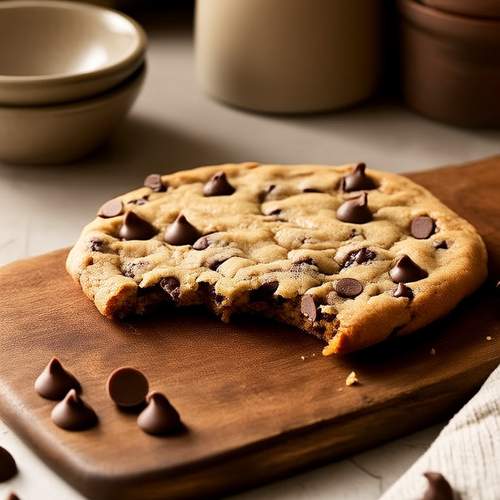
By /May 26, 2025
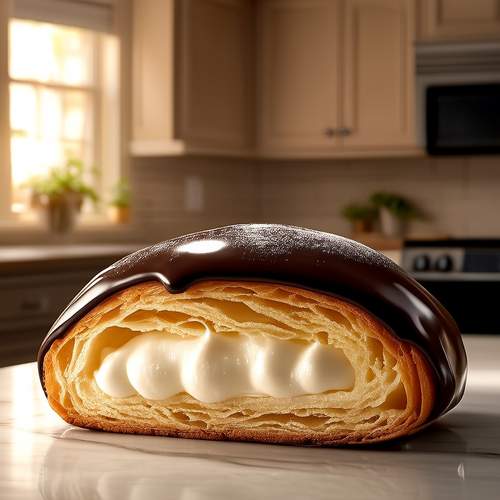
By /May 26, 2025
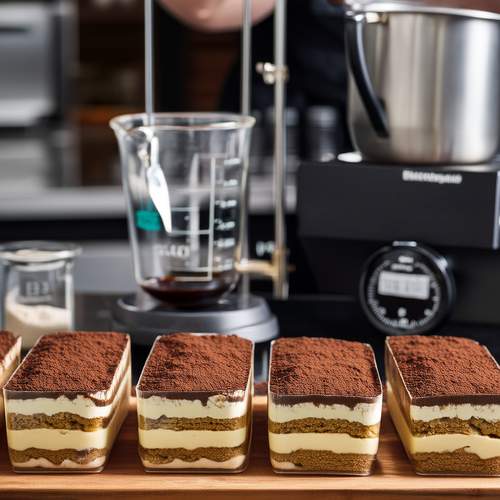
By /May 26, 2025
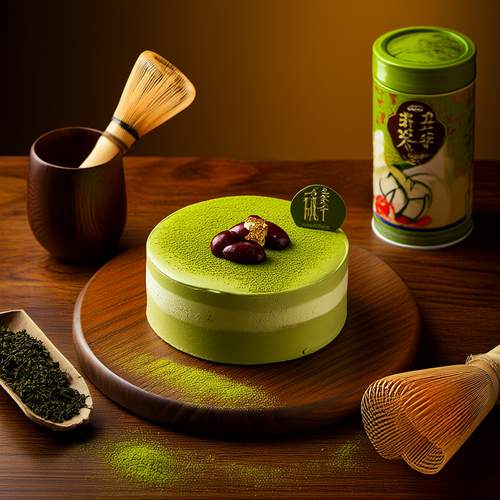
By /May 26, 2025
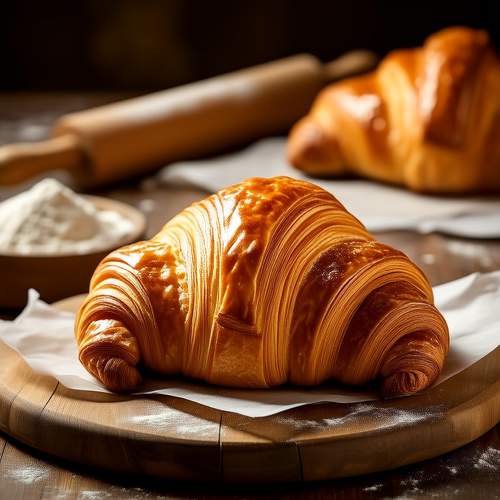
By /May 26, 2025

By /May 26, 2025

By /May 26, 2025
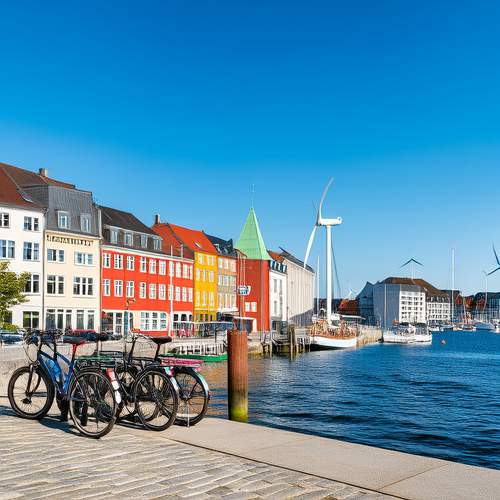
By /May 26, 2025
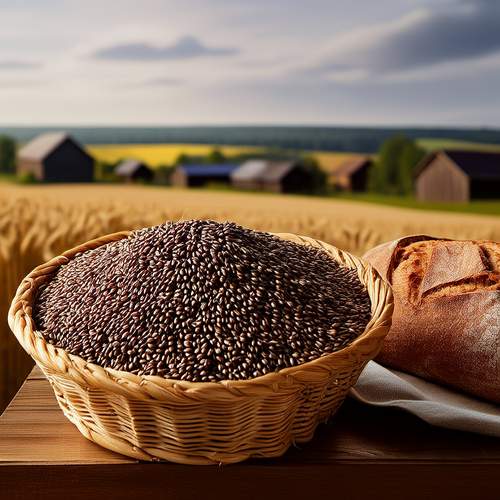
By /May 26, 2025
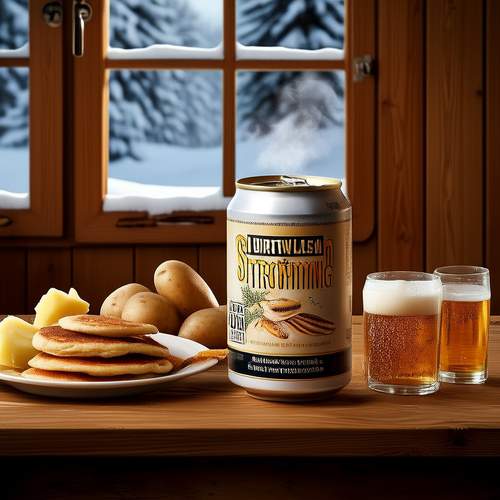
By /May 26, 2025
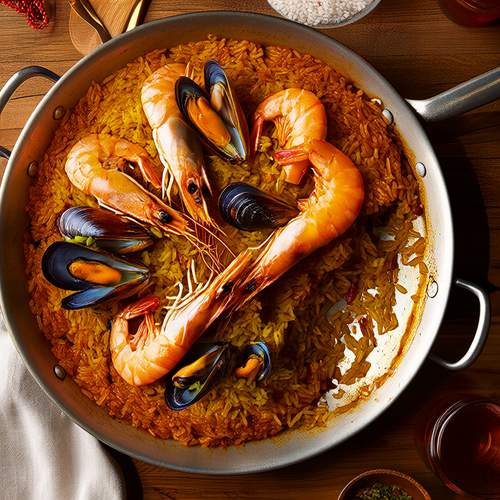
By /May 26, 2025
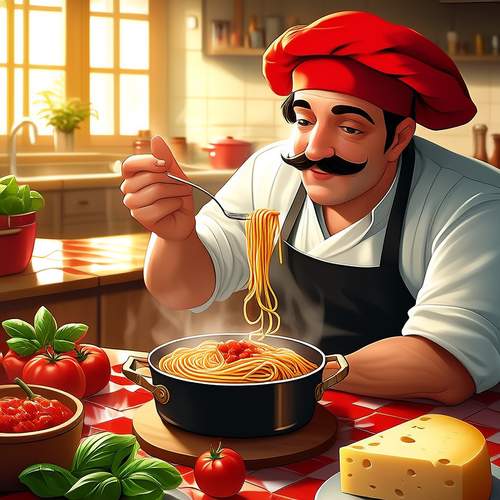
By /May 26, 2025
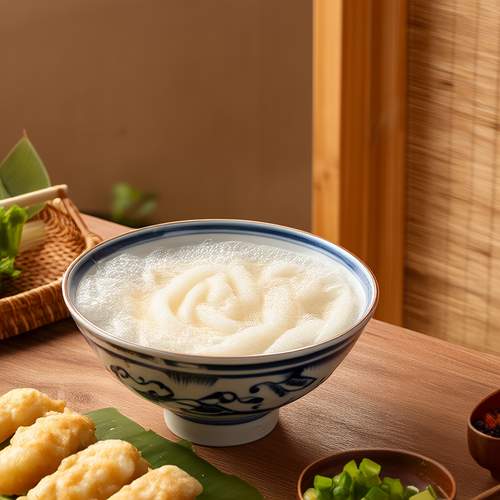
By /May 26, 2025
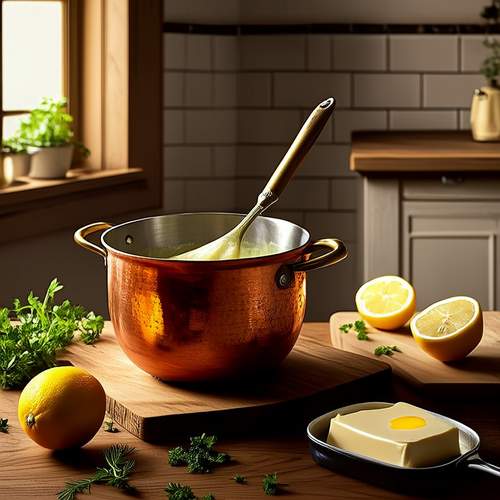
By /May 26, 2025

By /May 26, 2025
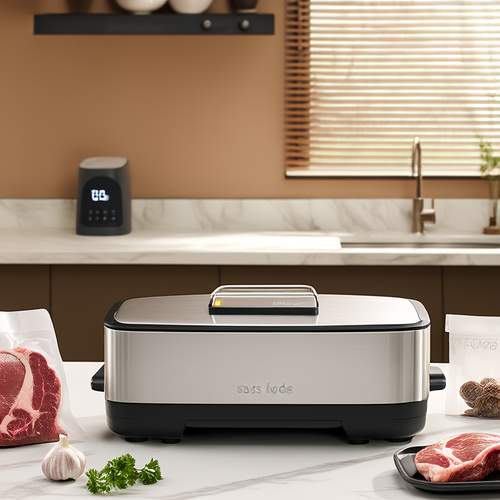
By /May 26, 2025
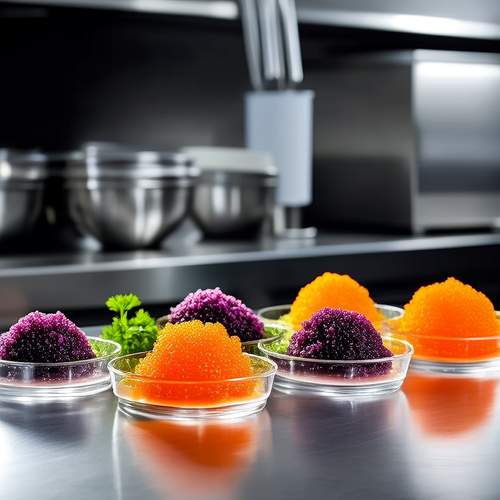
By /May 26, 2025
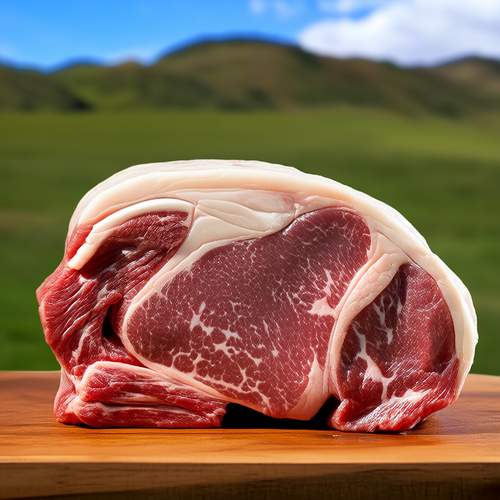
By /May 26, 2025
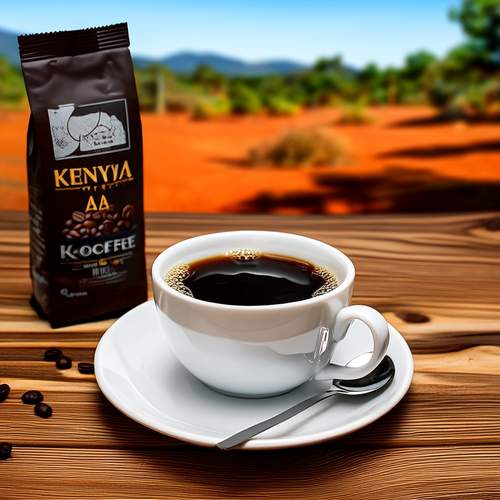
By /May 26, 2025
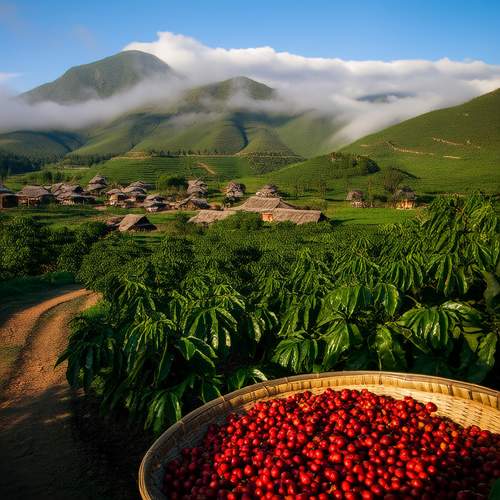
By /May 26, 2025